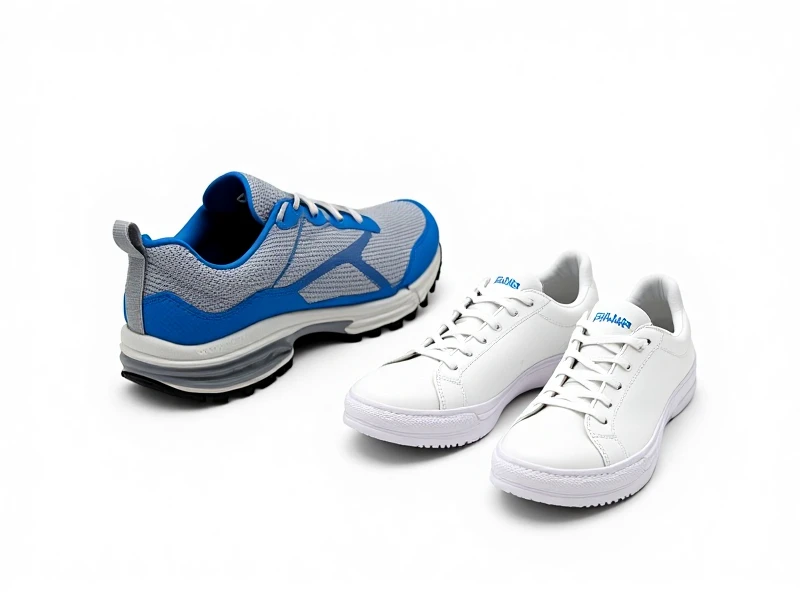
Your Ultimate Guide to Choosing the Best Running Shoes for Every Runner
Finding the perfect running shoes isn't just about style – it's about unlocking comfort, preventing injuries, and achieving your best performance. With countless models flooding the market, selecting your ideal pair can feel overwhelming. This guide breaks down the essentials to help you step confidently toward your running goals.
Why Your Running Shoes Matter Your running shoes are your primary connection to the ground. Ill-fitting or worn-out shoes contribute to common issues like shin splints, knee pain, and plantar fasciitis. Investing in the right pair tailored to your feet and running style is a non-negotiable investment in your health and running journey.
Key Factors to Consider:
- Foot Type & Gait: Understand whether you have neutral arches, flat feet (overpronation), or high arches (supination). Many specialty running stores offer gait analysis – a game-changer for identifying shoes providing needed stability, motion control, or neutral cushioning.
- Running Terrain: Match the shoe to your surface:
- Road Running Shoes: Lightweight, flexible cushioning for pavement.
- Trail Running Shoes: Aggressive tread, rock plates, and enhanced stability for uneven terrain.
- Track/Competition Shoes: Ultralight and aggressive; often reserved for speedwork or race day.
- Cushioning Level: Preferences vary! Do you crave a soft, plush feel (maximal cushioning), a ground-connected feel (minimalist/barefoot), or a balance? Consider your distance and joint sensitivity.
- Fit is Paramount: Always prioritize fit later in the day when feet swell slightly. Ensure about a thumbnail's width of space at the big toe (roughly 3-5mm). Shoes should feel immediately comfortable – never "need to be broken in." Heel should be secure without slipping; midfoot snug, not tight; toes able to wiggle freely.
- The Importance of Rotation: Consider owning at least two pairs. Rotating running shoes allows each pair to decompress fully between runs, extending their lifespan and varying the stress patterns on your legs.
Beyond the Basics:
- Weight: Lighter sneakers generally promote faster running, often suitable for races or speedwork. Heavier models provide more protection and cushioning, ideal for long distances.
- Drop: The difference in stack height between heel and forefoot (measured in mm). A lower drop promotes a more natural footstrike but requires adaptation. Traditional drops of 8-12mm offer accessible comfort for most.
- Breathability & Durability: Mesh uppers increase airflow, while denser materials enhance longevity. Balance your need for cool feet with how often you run.
Time for a Change? Jogging shoes wear out even when treads look intact! The midsole cushioning loses shock absorption around 300-500 miles. Notice increased muscle soreness or joint aches? That’s your cue to replace them.
Invest in Your Feet Your perfect running shoes empower each stride. By focusing on fit, function, and your unique physiology, you transform every run. Visit a reputable specialty running store for expert guidance. Lace up your ideal pair and discover the joy of running supported, mile after mile. Keep chasing those personal bests!